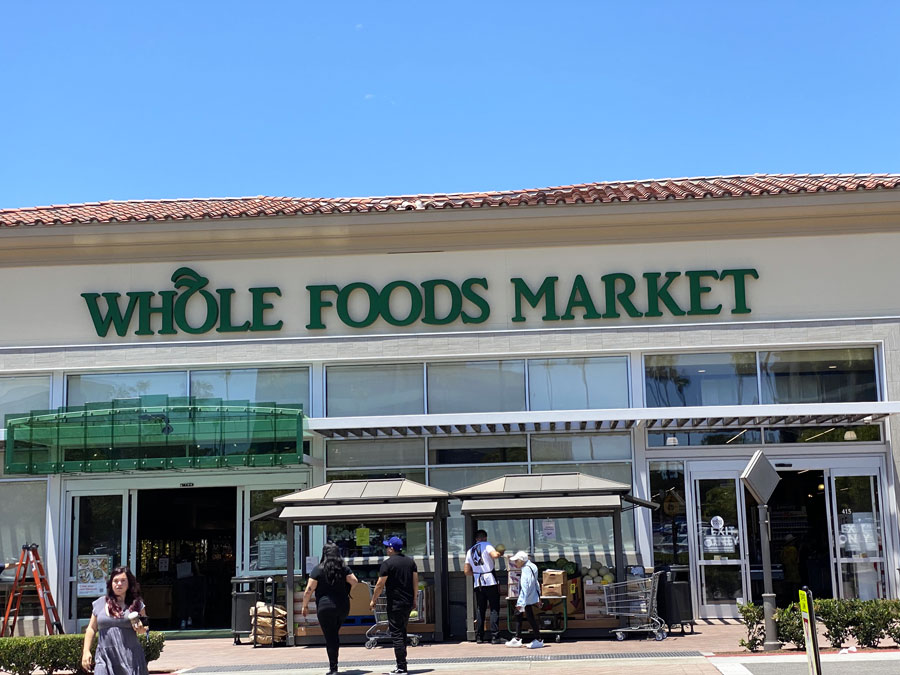
Learn about Whole Foods' transformational journey under Amazon. After acquiring it for a staggering $13.7 billion, Amazon has made significant changes to the specialty grocer. From price cuts to revolutionary checkout technology, Whole Foods has evolved tremendously.
Notably, Amazon has expanded the reach of Whole Foods with the addition of 60 new locations, even dedicating a "dark store" solely for fulfilling online orders. However, despite these successes, Whole Foods currently holds a modest 1% share of the grocery market, falling behind dominant forces Walmart at 19% and Kroger at 9%.
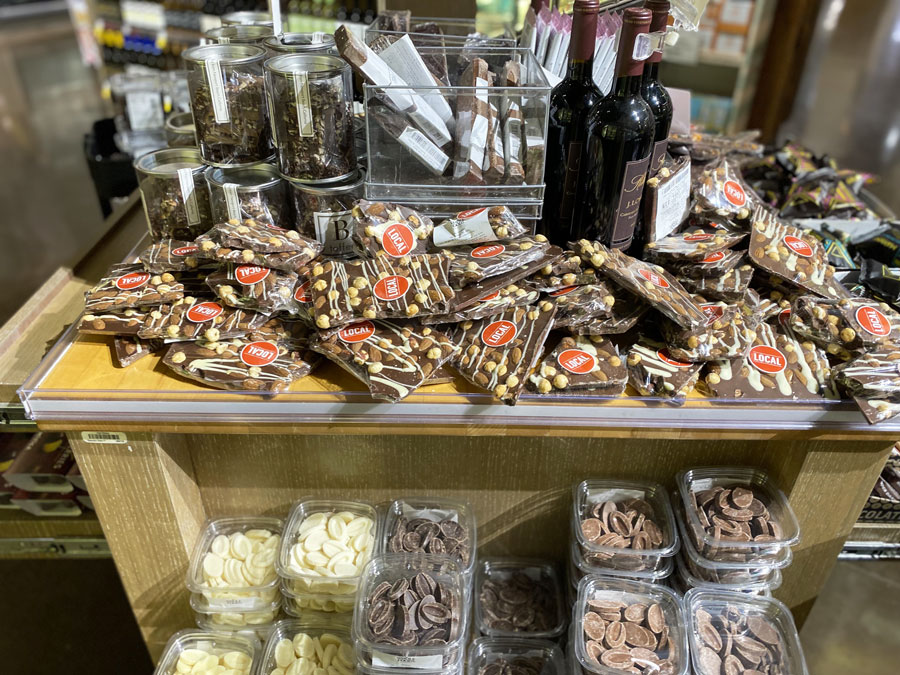
In a significant moment for Whole Foods, the company is poised to welcome a new CEO for the first time since its establishment in 1980. On September 1st, Jason Buechel, the current operating chief, will assume the lead role, taking over from the colorful and controversial co-founder, John Mackey.
Buechel steps into the CEO role at a crucial moment for Amazon as the company expands further into brick-and-mortar retail, with a particular emphasis on groceries. In the second quarter, revenue at Amazon's physical stores experienced a 12% surge, while online sales declined. This shift marks a departure from previous years when the company's physical stores lagged behind the overall retail business. Beyond the realm of groceries, Amazon has recently closed 68 stores, including all Amazon Books, 4-star, and Pop Up shops.
Below, you can explore the key differences that have made Whole Foods Market even better since its acquisition by Amazon in 2017.
Operational Changes and Local Suppliers: Whole Foods' Approach
Whole Foods has implemented operational changes as a result of its partnership with Amazon. While some expected it to become a conventional supermarket, Whole Foods has actually focused on expanding its selection of local brands. In the past five years, the company has added 3,000 local brands, representing a 30% increase since before the Amazon deal.
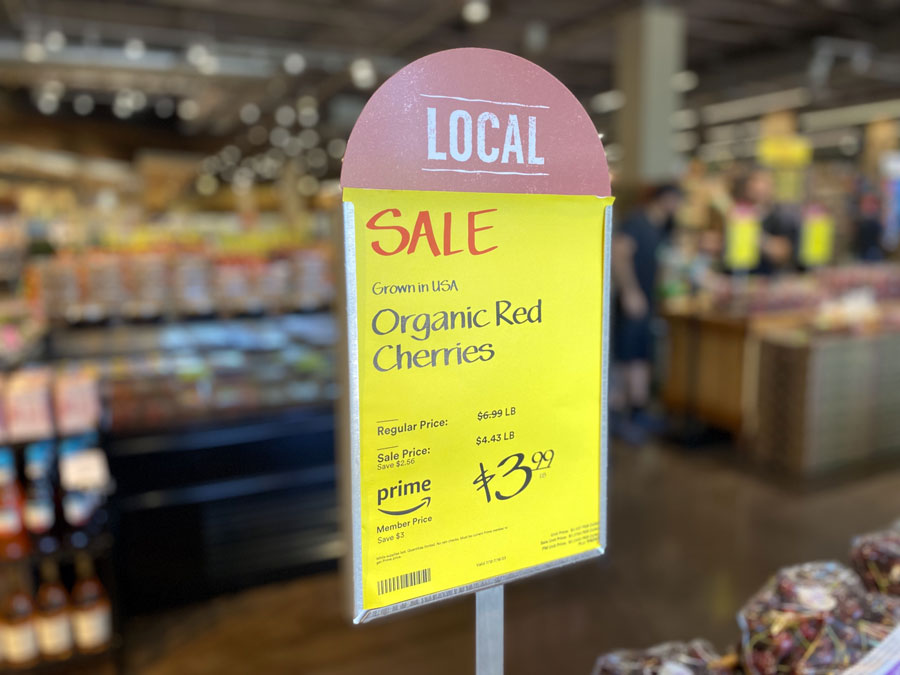
To find new local products, Whole Foods employs teams of "foragers" in each region. This model allows smaller brands to maintain a presence in select stores rather than supplying products companywide. Amazon's data tools assist in determining which brands are sold in specific stores.
Whole Foods has also introduced an accelerator program for local producers to secure a spot on store shelves. Additionally, certified training programs have been established to train Whole Foods employees as accredited cheesemongers and butchers. While some pandemic-related changes impacted their offerings, hot food bars, free samples, and specialty chef counters have now made a return.
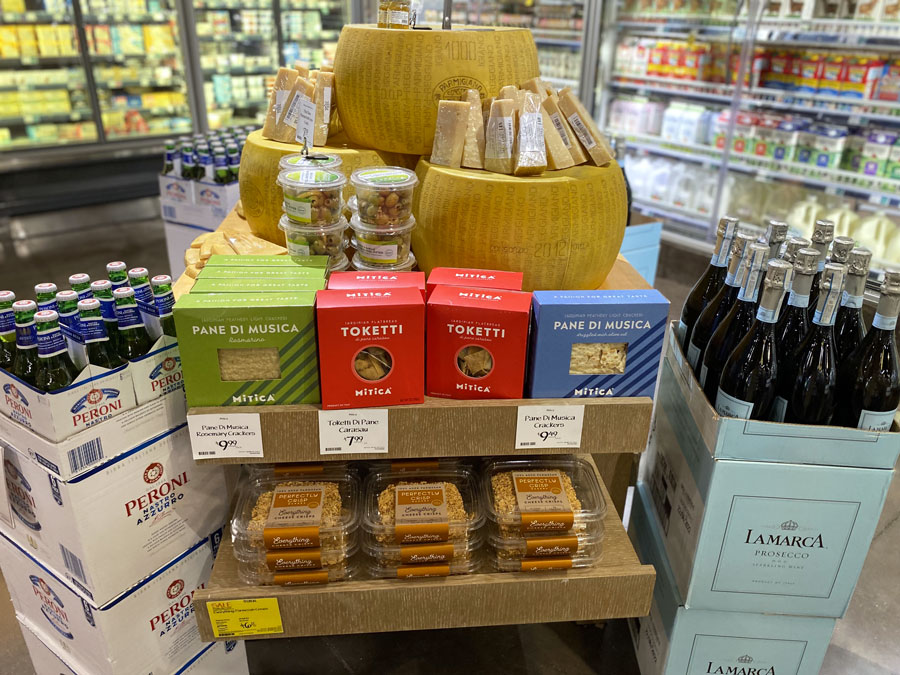
Despite scaling up, Whole Foods remains committed to its principles of supporting local and clean products. Since partnering with Amazon, the company has doubled its list of banned food ingredients to over 250. It prohibits the use of hydrogenated fats, high fructose corn syrup, artificial sweeteners, and requires that meat be free of antibiotics and added hormones.
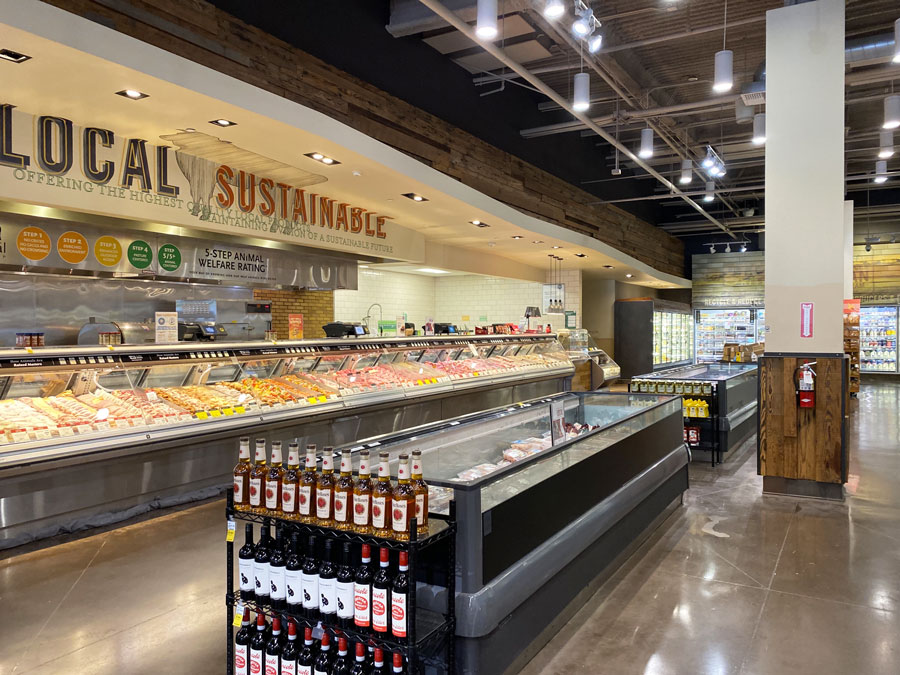
Whole Foods has also improved its standards for canned tuna, eggs, and chicken. Plastic reduction initiatives, such as the banning of plastic straws and the introduction of new types of produce bags and rotisserie chicken containers, have also been implemented.
While Whole Foods has experienced rapid changes, the transition has not been entirely smooth for its workforce. Some employees expressed concerns about stock options removal and increased demands with decreased compensation. Unionization efforts have been attempted but have faced obstacles.
Shopping with Amazon's Revolutionary Autonomous Technology
Step inside any of Amazon's stores and witness the incredible advancements in shopping technology. No longer do you need to fumble for your wallet or phone at the checkout counter. With Amazon One, simply scan your palm and pay directly through your Amazon account. This innovative solution is available at over 20 Whole Foods locations, with more set to join in California soon.
At Whole Foods, the palm-scanning devices are not only used for payment but are also a crucial component of Amazon's checkout-free shopping experience called Just Walk Out. Currently available at two Whole Foods stores, one in Washington, D.C., and one in Los Angeles, this technology eliminates the need for traditional checkout lanes. Hidden scales and cameras track every movement, ensuring a seamless and effortless shopping experience. Customers can simply exit through the Just Walk Out turnstiles, paying effortlessly with a palm scan.
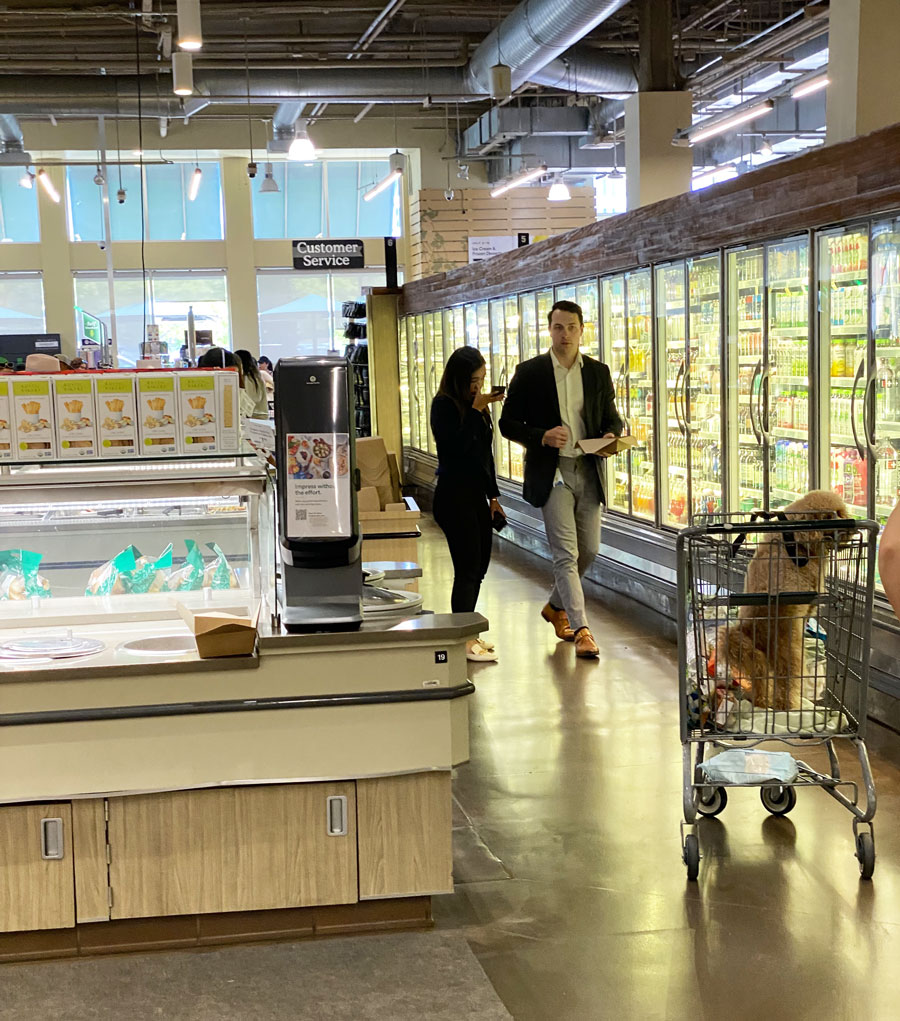
While Amazon claims that Just Walk Out is highly accurate, our own experience at a Washington store revealed a flawed receipt that missed several items. Amazon acknowledges that the initial version of any new technology can have its imperfections, but they promise to rectify any discrepancies and offer refunds within 30 days.
As Amazon expands its data collection efforts through various devices such as Alexa, Ring doorbell cameras, and room-mapping robot vacuums, concerns about privacy have become more prominent. However, Amazon reassures customers that sensitive information is treated according to their long-standing policies and only aggregated, anonymized insights are shared with brands.
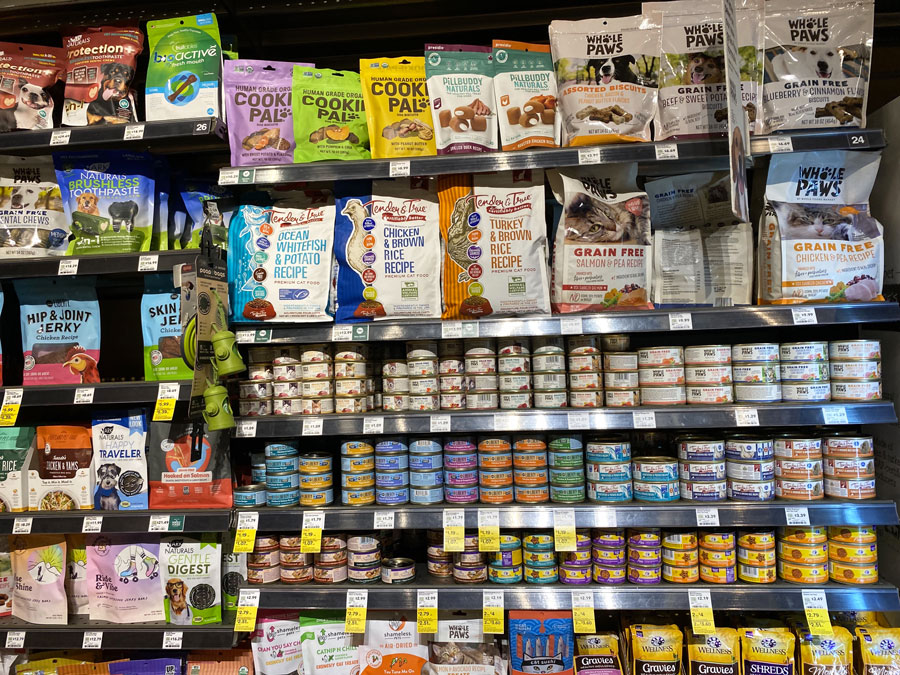
In the continuously evolving world of autonomous retail, Amazon faces competition from companies like AiFi. AiFi's computer vision system has been adopted in 84 stores worldwide, including Aldi in Europe and convenience stores in Poland and California. The CEO of AiFi, Joao Diogo Falcao, highlights the positive impact of their technology, noting that customers tend to buy more when they don't have to worry about their wallets.
Amazon's pursuit of a checkout-free experience doesn't rely solely on biometrics and computer vision. Their latest experiment, the Dash Cart, tracks and tallies items as shoppers place them in the cart. Although its capabilities and availability are currently limited, with plans to launch at a Whole Foods store in Westford, Massachusetts, this innovative solution shows Amazon's commitment to revolutionizing the shopping experience.
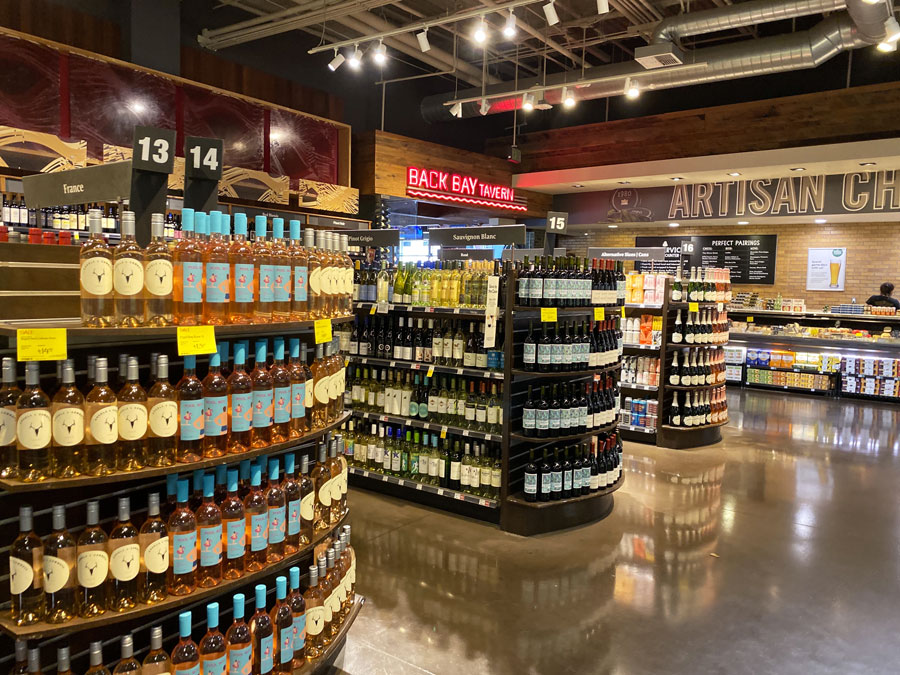
With their technology expertise and innovative solutions, Amazon is transforming the way we shop. While there are still concerns and challenges to address, there is a sense of excitement about the possibilities that lie ahead.
Range of private-label products, now at even lower prices
Amazon's strategy for lowering prices and making organic foods more affordable at Whole Foods is paying off. Since the acquisition, Amazon has focused on lowering prices across the store, offering discounts to Prime members, and expanding its selection of private-label products.
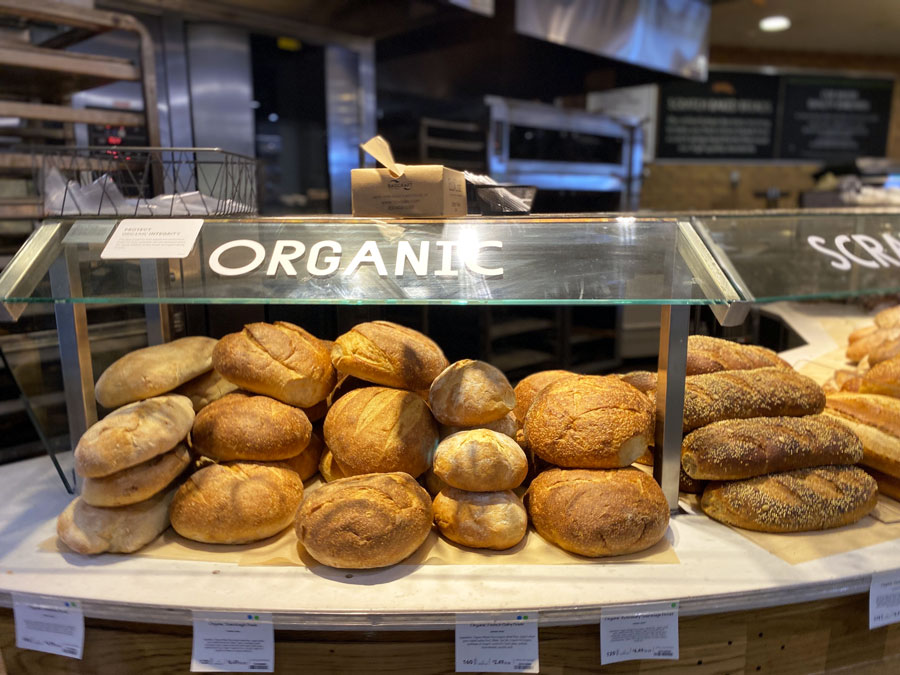
To increase profitability in the grocery business, where perishable items are a challenge, Amazon has prioritized selling its own private-label goods. The 365 private label at Whole Foods received a brand refresh, and Amazon added 295 new products to the line last year.
By replacing many of its products with private-label brands, Amazon has successfully brought down prices and improved profit margins. In fact, Amazon currently has over 100 private-label brands, including Amazon Basics and Amazon Essentials.
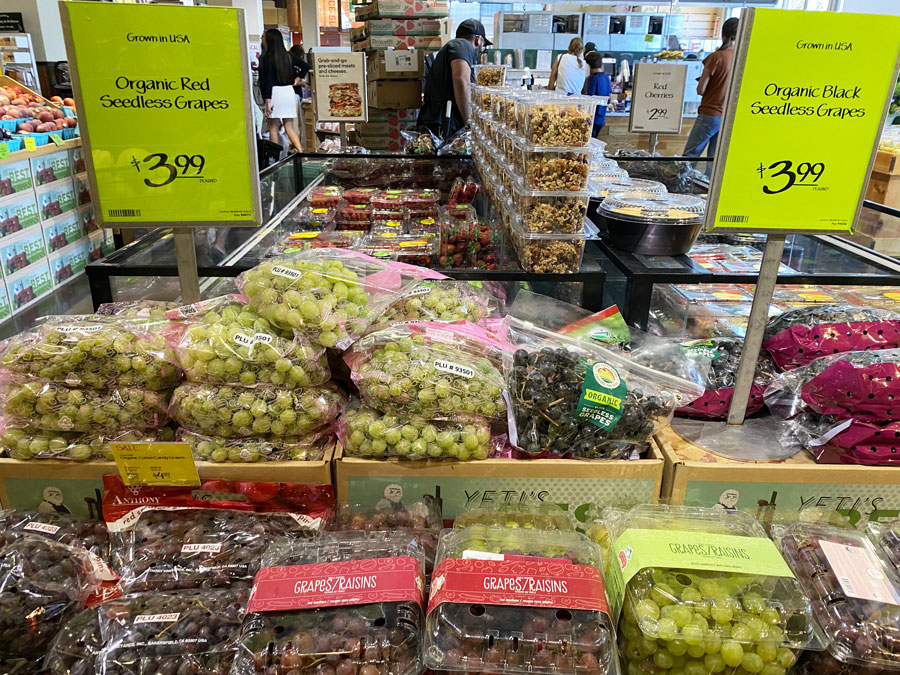
While Amazon's approach has been effective, it has faced criticism for potentially leveraging its data advantage to unfairly promote its in-house products. Overall, Amazon's commitment to affordability and accessibility, along with its focus on private-label goods, continues to shape the shopping experience at Whole Foods.
Shifting Towards "Dark Stores" to Meet Online Grocery Demand
In response to the growing demand for online grocery orders, Amazon is focusing on expanding its services. According to Whole Foods, the number of online orders delivered in 2020 was three times higher than the previous year. However, despite the increase in online orders, profitability remains a challenge for grocers.
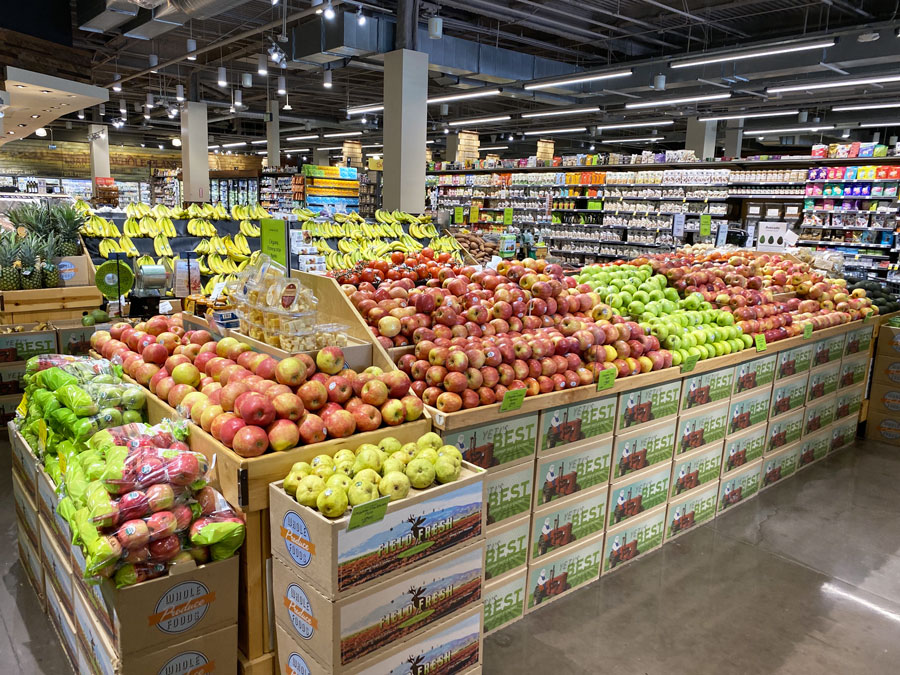
To address this issue, Whole Foods is seeking to expand its reach by opening more stores closer to customers. By doing so, they can offer more affordable delivery options.
To further streamline their operations, Whole Foods has established a "dark store" in Brooklyn, New York, which is solely dedicated to fulfilling delivery orders. This concept of dark stores, where customers are not allowed, is also being explored by other retailers such as Walmart, Albertsons, and Kroger. These retailers are adopting automation technologies, such as robots, to fulfill orders and reduce labor costs.
The rise of professional shoppers has become a source of frustration for many customers, leading retailers to experiment with dark stores or dedicated fulfillment centers. This shift aims to improve the overall shopping experience.
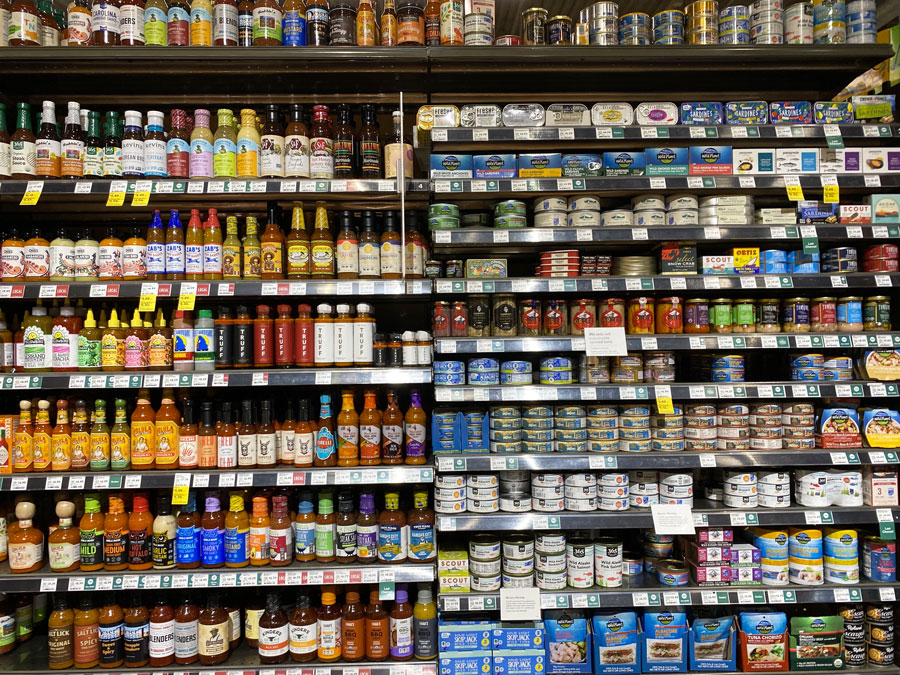
Previously, Instacart had an exclusive partnership to fulfill Whole Foods' online orders. However, after Amazon's acquisition, the majority of those gig workers were transitioned to become official employees of Whole Foods. Additionally, dedicated employees now monitor a section of the store where Amazon online customers can conveniently pick up packages and return items without the need for packaging.
Overall, the move towards dark stores and enhanced online fulfillment services demonstrates the industry's commitment to meeting the evolving demands of digital grocery shoppers.
Measuring progress of Whole Foods
The Whole Foods acquisition's impact on Amazon's overall success is challenging to assess due to the integration of its sales data with various other physical stores, including Amazon Fresh and Amazon Go. However, it is clear that Whole Foods plays a significant role in this group.
Earlier this year, there were concerns as Amazon announced the closure of six Whole Foods stores shortly after missing earnings estimates for the first quarter. Fortunately, as people return to in-person shopping, Whole Foods is displaying signs of recovery.
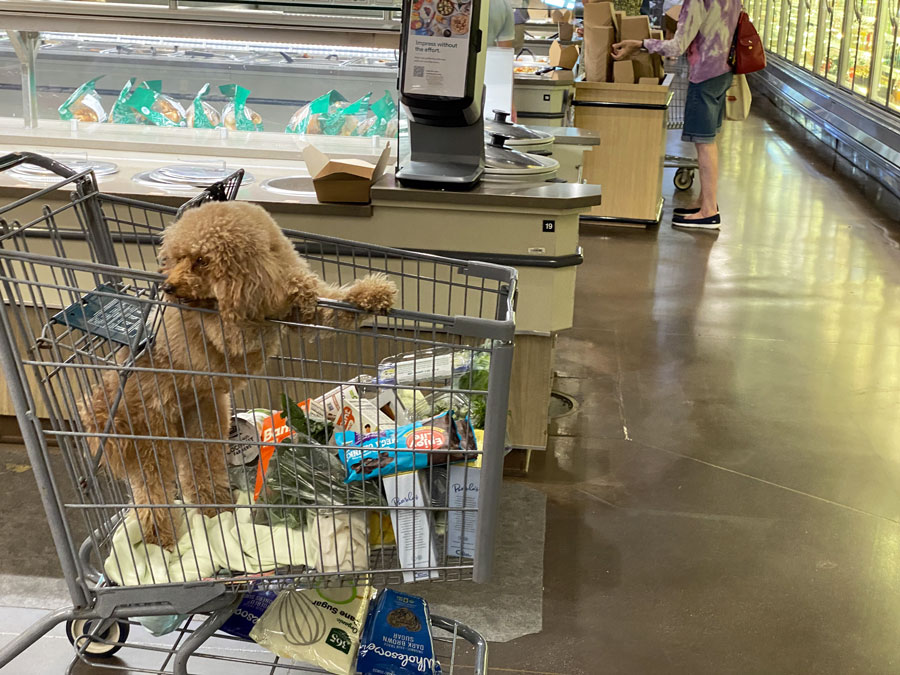
Despite the closures, Amazon has been opening new Amazon Fresh stores and aims to add 50 more Whole Foods locations in fast-growing areas. This three-pronged approach, combining Amazon Go, Amazon Fresh, and Whole Foods, offers a formidable strategy to penetrate the grocery market.
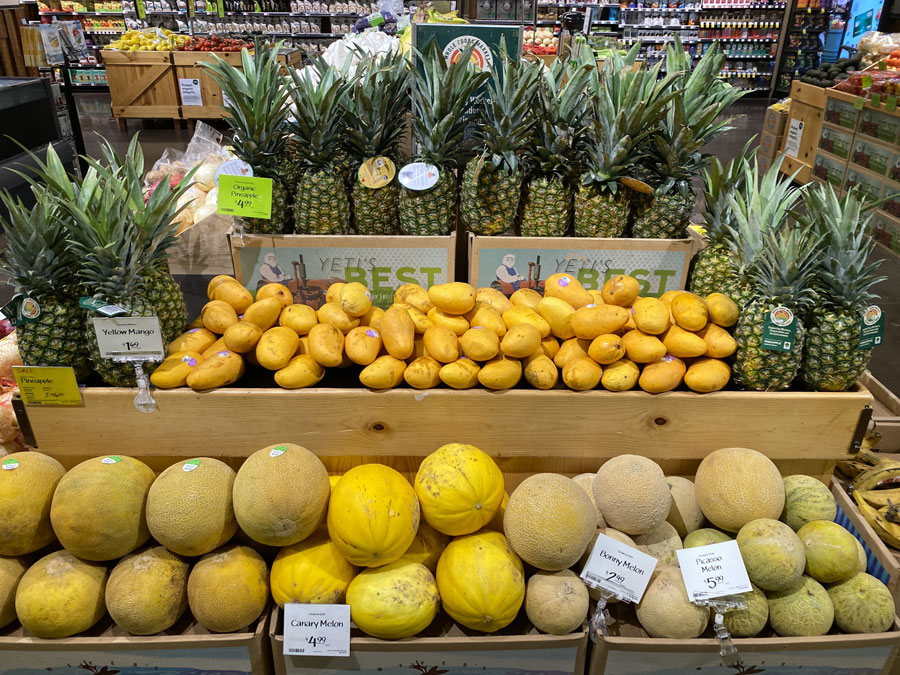
Overall, the acquisition of Whole Foods by Amazon has been positive for both companies and customers alike. Whole Foods has become significantly more accessible to a wider audience while maintaining their focus on quality, organic products. From making their products more affordable to increased tech integration in stores for customer convenience, Amazon has taken Whole Foods to a new level. Still, they have continued to promote sustainable agriculture and take care of their communities with their social initiatives. The combination of Amazon and Whole Foods has created a unique grocery experience that's setting the tone for the future of the industry.


